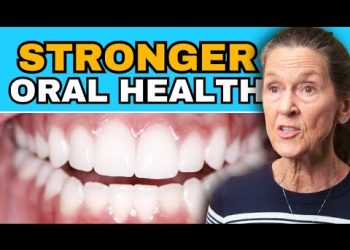Understanding Vertigo and Inner Ear Crystals
Vertigo can be a disorientating condition, primarily characterized by a spinning sensation and often accompanied by nausea and imbalance. The root cause for many sufferers is the presence of small crystals of calcium carbonate in the inner ear. Understanding how these crystals contribute to vertigo is essential in addressing and alleviating the symptoms.
The Role of Ear Crystals
The inner ear contains small structures that help maintain balance and spatial orientation. These structures include tiny crystals of calcium carbonate that sit on a gel-like membrane. They play a crucial role in your equilibrium by adding weight to the gel, enhancing the sensitivity to gravity and head movements. However, displacement of these crystals can lead to complications.
Causes of Crystals Displacement
For some, these crystals become dislodged, moving into parts of the ear where they create disturbances. This misplacement interrupts the signals between the inner ear and the brain, leading to vertigo. Factors such as head trauma, infections, certain medications, and aging can increase the risk of this displacement.
Calcium Concentration and Its Implications
Typically, the inner ear’s lymphatic fluid maintains low calcium concentrations to ensure proper crystal functioning and absorption. In those suffering from vertigo, studies indicate higher calcium levels in this fluid, indicating a slower or complete halt in proper absorption of these dislodged crystals.
The Connection Between Osteoporosis and Vertigo
Research has shown a strong link between osteoporosis and vertigo. Individuals with osteoporosis commonly have elevated calcium in their soft tissues, and similarly, those with vertigo exhibit higher lymphatic calcium levels. Both conditions underline the importance of managing calcium absorption efficiently.
The Role of Vitamin D in Calcium Regulation
Vitamin D is crucial in facilitating calcium absorption in the intestines and preventing undue calcium deposits in the body. For individuals with vertigo, improving vitamin D levels can aid in redistributing calcium to where it is needed most, potentially alleviating vertigo symptoms.
Recommended Vitamin D Intake
To help manage vertigo linked to calcium imbalance, it’s recommended to increase vitamin D intake, with a suggestion of up to 20,000 IU daily. This high dosage ensures optimal absorption and maintenance of calcium levels conducive to inner ear health.
Combining Vitamin K2 and Magnesium
For the best results, vitamin D should be supplemented with vitamin K2 and magnesium. Vitamin K2 directs calcium to bones, reducing the risk of it depositing in soft tissues. Meanwhile, magnesium works synergistically with vitamin D to control calcium levels and support overall mineral balance in the body.
Exercises to Aid Crystal Restoration
While dietary adjustments are essential, physical exercises can help reposition dislodged ear crystals. These exercises can guide the crystals back to their original location, thus eliminating their interference with balance and vertigo symptoms. For specific exercises, consult your healthcare provider or additional resources.
Taking Charge of Your Health
Understanding and addressing the underlying causes of vertigo linked to inner ear crystals require a multi-faceted approach. By managing vitamin D levels, supplementing with magnesium and vitamin K2, and using targeted exercises, individuals can significantly reduce or altogether prevent the occurrence of vertigo.











